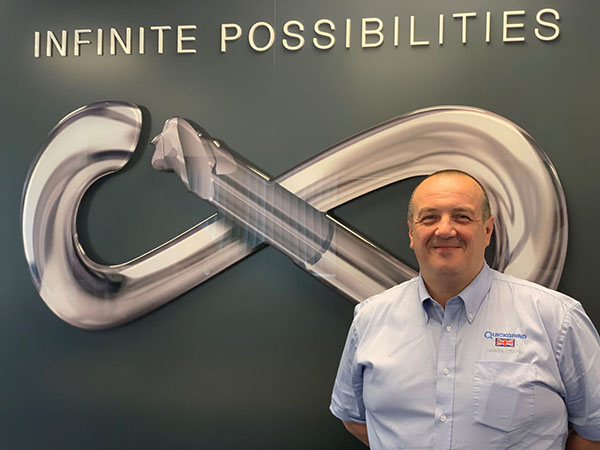A trio of strategic appointments is helping a Telford precision manufacturing specialist deliver a 40% boost in sales.

Advanced Chemical Etching (ACE) has strengthened its management team by recruiting Carwyn Howells and Peter Kirwan as production manager and head of plant and facilities respectively, with the duo key to managing volume increases and capitalising on a £500,000 investment drive in new inspection equipment and pre and post-cleaning machines. They will be joined at the Hortonwood firm by Ian Radford, who brings years of experience in the aerospace sector to his role as quality manager.
For further information www.ace-uk.net























